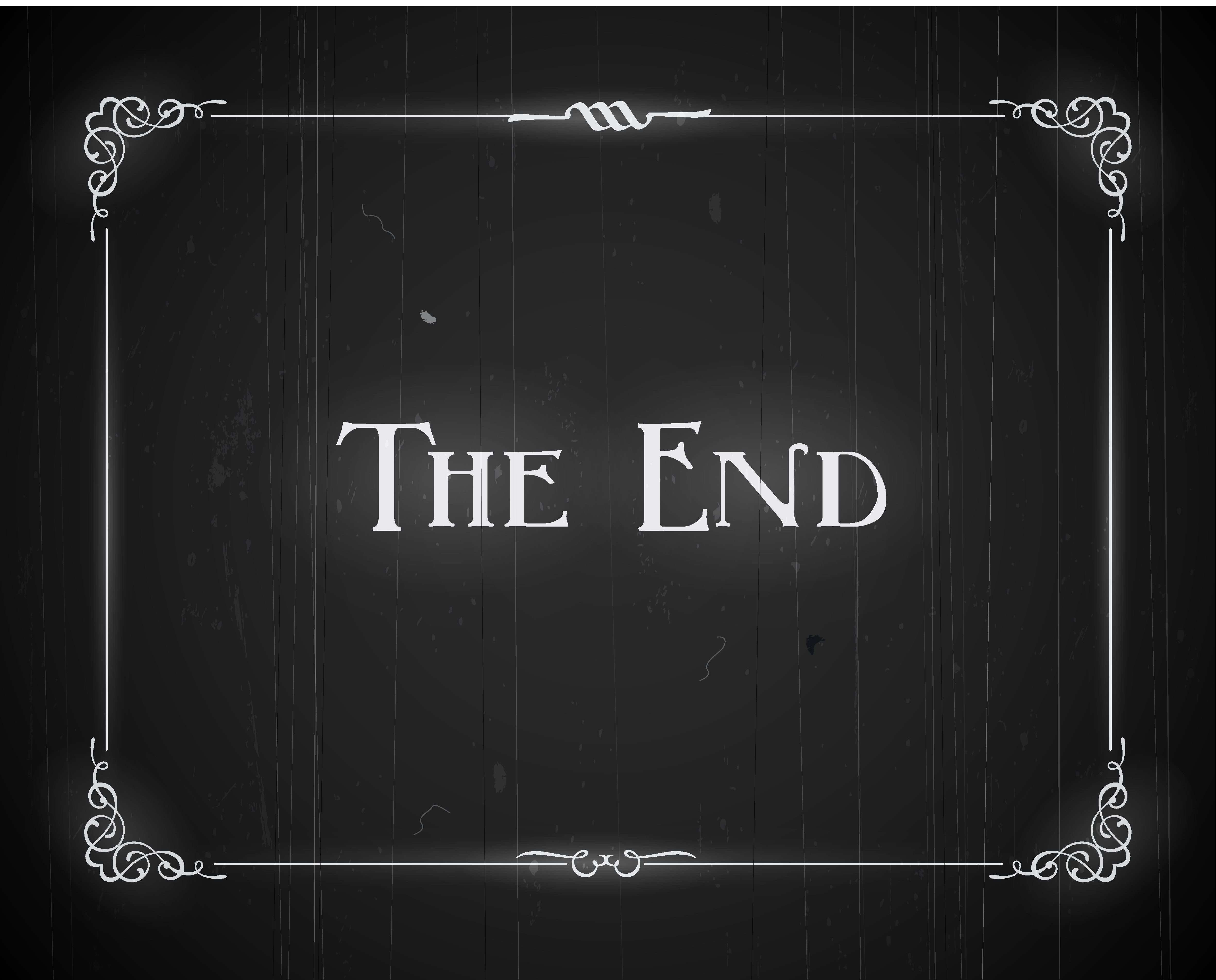Situation Versus Plot

By Michelle Barker and David Brown
Have you ever had what you thought was a great idea for a novel, sat down and wrote madly for fifteen pages, and then it just… fizzled out? Or maybe you managed to make it through a whole novel on the energy of that one idea, but somehow it didn’t light up the sky the way you’d expected?
Unfortunately, one idea does not a novel make. You need at least two.
One idea is a situation. Two are a plot.
Narrative in 3D

As former sailors, we like to think of novel-writing like navigation. When you’re sailing and you want to know where you are, you need to take measurements off more than one landmark and then see where they intersect. Just so in writing: you need at least two elements that come together in an unusual way. There is the basis for your plot.
A large part of the art of a novel is in its structure. A story asks a question at the beginning that is answered by the end. This is its backbone, its main trajectory, but it needs to be more than that. Life is complicated; fiction should reflect that reality. A novel’s complexity grows from the weaving of different arcs and plot lines. The more complexity you add to your characters and plot, the more tension and life you will bring to the page—and the more you will move from situation to plot.
Situation simplicity
If all you have is a straight shot from A to B, you’ll end up with a predictable story that will lack tension. You might be working with a good idea—but you haven’t found an intersection that makes it great. The plot is too simple; in essence, you are not giving your protagonist enough to do, or enough room to grow.
The other problem with uncomplicated, situation-based narratives is that they allow the writer too much space to dwell on context: world-building, setting, research, backstory—all the things that make up telling, which a fiction writer wants to avoid. A complex plot makes it much easier to focus on showing.
A toothsome example

Let’s look at a story that most readers are familiar with: Jaws. What is the situation in Jaws?
A great white shark preys upon the inhabitants of a beach town. Great idea. But of course, that’s only the beginning.
Enter the complications: the police chief wants to close the beaches, but the mayor doesn’t want to lose tourist dollars during the busy summer holidays. The shark attacks are hushed up. It turns out the mayor has ties to the mafia, and the police chief’s wife is having an affair.
Now we’re getting somewhere.
Motivation and goal
An engaging protagonist will have a clear, specific, and relatable motivation that is compelling enough to power them through an entire novel, such that they are persistently taking action and making choices in pursuit of their goal. However, people’s motivations aren’t that straightforward. Sometimes we want more than one thing and are forced to choose between competing goals; sometimes we’re not the only one who wants the thing. Sometimes what we want and what we need are in direct opposition to each other.
What do these complications create? Conflict—either internal, or external; ideally both. And conflict is the lifeblood of story.
Relationship arcs

Relationship arcs won’t necessarily provide you with the second half of your primary plot or situation synergy, but they certainly can. Either way, interpersonal conflict and collaboration are both fantastic tools for adding depth throughout your manuscript.
Watch out for flat relationships—that is, relationships that don’t change or develop over the course of the novel. This relates to the dynamic between any two characters: friends, family, coworkers, lovers. Every relationship provides the opportunity for a subplot, even a small one.
For each relationship arc, consider the beginning, middle, and end. How will these two characters engage with the primary goal? Will conflict arise between them (interpersonal) and/or will they collaborate (and occasionally disagree) to address an external conflict? Also consider how these relationship arcs will be complicated by the main plot trajectory, and how they will intersect.
Strengthening individual plot lines
Whenever possible, let your protagonist make choices that create consequence. Force them to choose one goal over the other. Will Tom spare Taylor’s feelings or accept that Taylor will be hurt by an action that lets Tom advance on his goal?

And above all, make your protagonist work. Narrative rewards are most satisfying when the protagonist has struggled and sacrificed to get there. These rewards can be big or small: a kiss, a clue that helps unravel a mystery, or the honing of a skill. Whatever successes you grant the protagonist on the way to their goal should require considerable effort and not merely drop into their lap.
Ask yourself: what’s the worst thing that could happen to my protagonist in this situation, short of complete failure or death?
Consider the moment in Lord of the Rings when the fellowship is trying to decide how they will proceed south. Gandalf famously says, “No Gimli, I would not take the road through Moria unless I had no other choice.” And of course, that’s exactly where they are forced to go.
Allow time and space for plot complexity to develop
You might have a great idea for a novel that is still stuck in the situation stage. Not to worry. A great plot can take a while to brew. Open your creative processes to invite in new and complicating threads.
Consider each character’s motivations—give every one of them a goal that they are working toward, even if this isn’t obvious to the reader. Then, consider how these tangential trajectories might create more obstacles for the protagonist.
At each major plot point, consider whether the outcome is an improvement in your protagonist’s situation or a new level of difficulty. Ask yourself: has the tension increased? Have the stakes?
Still stuck?
Turn to Goodreads book summaries. Look at a series of blurbs and analyze: what is the main trajectory? What is the complicating factor or secondary trajectory?
We’ve taken this at random off David’s Goodreads recommendations page:
 The Black Echo, by Michael Connelly
The Black Echo, by Michael Connelly
"For maverick LAPD homicide detective Harry Bosch, the body in the drainpipe at Mulholland Dam is more than another anonymous statistic. This one is personal… because the murdered man was a fellow Vietnam “tunnel rat” who had fought side by side with him in a hellish underground war. Now Bosch is about to relive the horror of Nam. From a dangerous maze of blind alleys to a daring criminal heist beneath the city, his survival instincts will once again be tested to their limit. Pitted against enemies inside his own department and forced to make the agonizing choice between justice and vengeance, Bosch goes on the hunt for a killer whose true face will shock him.”
Here we have a protagonist whose primary goal, to solve a murder with connections to a larger criminal organization, is complicated by (a) corruption in his own police department and (b) the resultant internal conflict of justice versus vengeance. That the killer’s face will shock him implies a twist, quite possibly betrayal by one of his colleagues. Deepening the situation is the backstory of the Vietnam war. The protagonist will have to relive a part of his past he hoped was buried forever.
The author might have started with only one of these ideas: a police officer who fought in Vietnam, or the idea of setting part of the story beneath the city. Either of those ideas would have been good, but not quite good enough; the combination is explosive.
In practice
Here’s a good activity to help you assess your narrative concept and overall complexity.
First, write a one-sentence summary of your manuscript or work-in-progress. We recently interviewed literary agent Hannah Sheppard for our Book Broker series, and she gave this great template for a one-sentence pitch:
“When A (inciting incident) happens, B (character) must do C (action) otherwise/before D (catastrophe).”
Next, find a friend or family member who doesn’t know anything about the story you’re working on (in terms of the plot). Read them your one-sentence summary and ask them what they think will happen based on that single line. Then, encourage them to ask probing questions in order to drag the story out of you. Don’t set up or explain. Try not to go on tangents about context or background. Answer the questions as simply and directly as possible. And keep a pen handy—you might come up with some great ideas along the way.
In conclusion
Crafting a novel is a complex process that requires more than one good idea for sparks to fly. If all you have is a situation, don’t lose hope—but be prepared. Murphy’s law for writers dictates that the second idea is most likely to come when you are farthest away from pen and paper.
This article was originally published by AnneRallen.com.

Michelle Barker is an award-winning author and poet. Her most recent publication, co-authored with David Brown, is Immersion and Emotion: The Two Pillars of Storytelling. Her fiction, non-fiction, and poetry have appeared in literary reviews worldwide. She has published three YA novels (one fantasy and two historical fiction), a historical picture book, and a chapbook of poetry. Michelle holds a BA in English literature (UBC) and an MFA in creative writing (UBC). Many of the writers she’s worked with have gone on to win publishing contracts and honours for their work. Michelle lives and writes in Vancouver, Canada.

David G Brown is an award-winning short fiction writer with over twenty years' experience as an editor. He has published poetry, fiction, and nonfiction in magazines and literary journals, and he volunteers for the Malahat Review where he interviews writing judges and screens contest entries. He holds a BA in anthropology (UVic) and an MFA in creative writing (UBC). As an editor, he pays special attention to structure, relationship arcs, and voice. David founded Darling Axe Editing in 2018.







